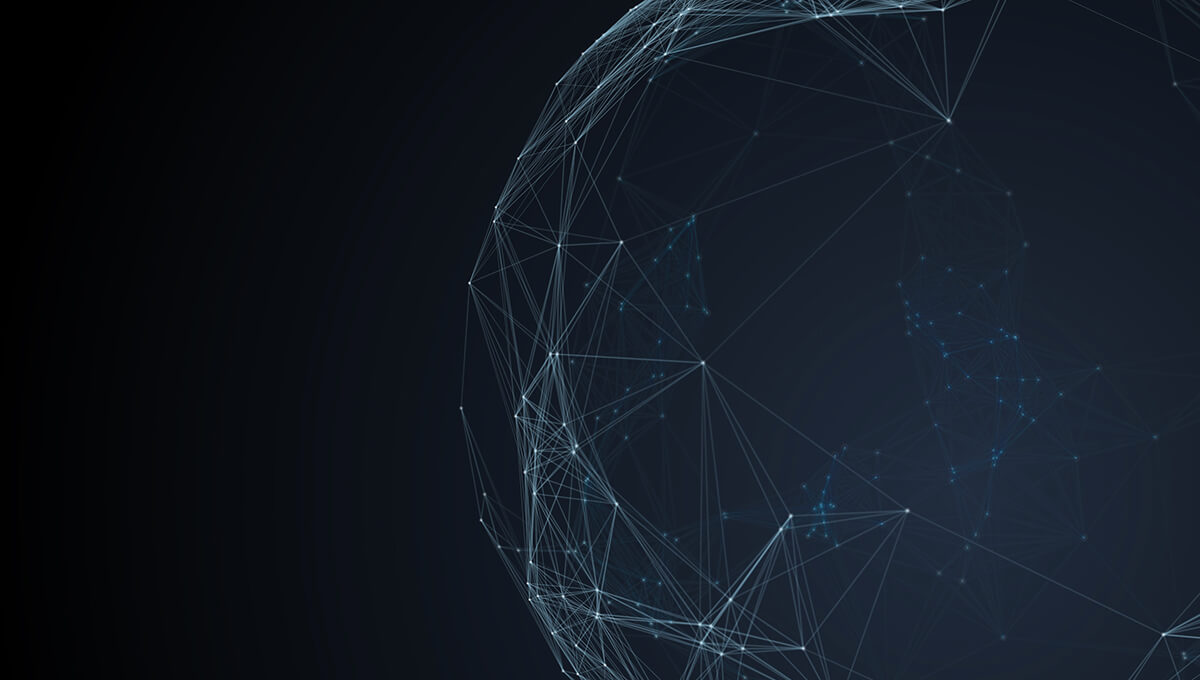
© mattjeacock
The new consumption and behaviour patterns driven by the digital revolution – the Internet, social media, mobility, the sharing economy and so on – have, within a single generation, become part of our day-to-day lives and upended traditional economic systems. Apple, Alphabet, Microsoft, Facebook and Amazon – companies that did not yet exist or had barely got off the ground 20 years ago – are among the world’s six largest companies by market capitalisation in 2017. Within a period of less than a decade, Netflix, AirBnB, Tesla, and Uber have achieved a combined valuation of more than $100 billion.
Yet this past is merely prologue in the transformation brought about by exponential growth in computing power and data storage and transmission capacity. Recent progress in IoT, robotics, artificial intelligence, and nanotechnologies has paved the way for the emergence of a new world that will challenge our current economic and business systems and affect every economic sector, company, and employee.
What are the underlying drivers of this revolution? How can we identify the full range of new patterns of consumption and behaviour made possible by these new technologies across all economic sectors? To gain a better understanding of what is happening and be better able to surf the wave that will overwhelm those unable to ride it, we must look at 10 key trends.
- “Be consumer-centric”: new digital tools (search engines, e-commerce, social media, etc.) focus on the customer and drive deep changes in marketing practice.
- “Winner takes all: differentiate or die”: Internet-accelerated market globalisation fosters the move to take global market share in record time and prompts countervailing strategies to bypass it.
- “Develop your community”: web 2.0 and social media generate communities and new types of exchange and communication.
- “Dematerialize, share, disintermediate”: the digital revolution may ultimately eliminate the physical product, ownership of goods, and middlemen in many sectors.
- “Think ATAWAD”: new mobile communication patterns (smartphones, geolocation, notification, augmented reality, etc.) force companies to rethink business processes and the customer experience.
- “Data is king, Big Data is emperor”: big data and artificial intelligence invade our daily lives and influence a large number of businesses.
- “Connect everything”: the Internet of Things connects the individual, the house, the city, industry, etc.
- “Test and learn”: the new digital tools change product go-to-market strategies.
- “Adopt a new management”: the new players of the digital era bring about profound changes in the old management rules.
- “Innovation is the only way to win”: open innovation is becoming a key to success.
In the digital transformation now under way, experience curves have been developed in recent years to help everyone – manager, senior executive, and future entrepreneur alike – efficiently and effectively address the upheaval. The ongoing revolution harbours dangers but it also carries the seeds of extraordinary business opportunities for those able to seize them.
Lydia Babaci-Victor, Director of Innovation & Development, VINCI Energies
Together with Christophe Victor, Deputy CEO of Les Echos, Lydia Babaci-Victor has just published Révolution digitale – transformer la menace en opportunités* (Eyrolles)
* The Digital Revolution – Transforming the Threat into Opportunities
06/06/2017




